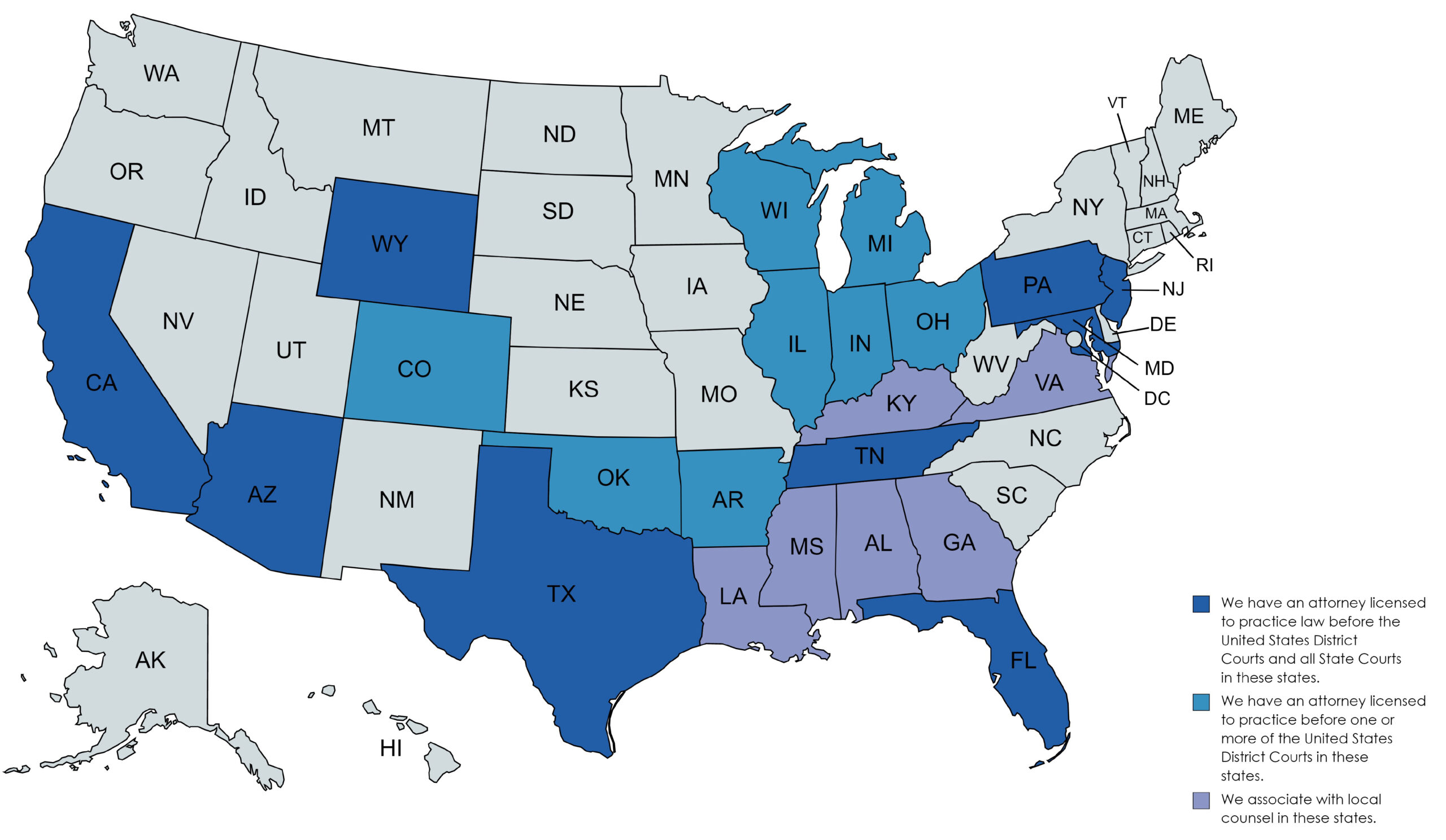Estate Planning
Living Trusts 101
Free Consultation Available
Living Trusts 101: Building Blocks, Key Choices & “Must-Have” Provisions
A living trust is an engine that keeps your wealth running smoothly through incapacity and after death. Below is a consumer-friendly roadmap that demystifies the major design decisions and legal language you’ll hear about when working with an estate-planning professional.
1. Revocable vs. Irrevocable: Two Very Different Tools 🔑
| Feature | Revocable Living Trust (RLT) | Irrevocable Trust |
|---|---|---|
| Who controls it? | You (the grantor) can amend, revoke, or add assets at any time. | Control shifts to a trustee; changes usually require beneficiary consent or a court order. |
| Primary goal | Probate avoidance, seamless disability management, privacy. | Tax reduction, asset-protection, Medicaid planning, legacy control. |
| Creditor protection? | None while you’re alive. | Strong—assets often shielded from your creditors (and sometimes heirs’ creditors). |
| Tax impact | Still filed under your SSN; no separate return. | Often a separate taxpayer; can remove growth from your taxable estate. |
Rule of thumb: Start with a revocable trust for flexibility. Layer on irrevocable trusts only when you have a tax, creditor-risk, or long-term-care motive.
2. Trust Situs & Choice of Law: Why Location Matters
The state (or country) whose law governs your trust affects taxes, creditor protection, trustee powers, and how long the trust may last.
Factors to consider
State income tax on trusts (several states levy none).
Rule Against Perpetuities length—some jurisdictions allow 365-year or “dynasty” trusts.
Asset-protection statutes—South Dakota, Nevada, and Delaware are popular for their strong shields.
Administrative ease—choose a situs where you can find qualified trustees and courts familiar with modern trust law.
3. Key Provisions: Boilerplate vs. Custom
| Clause | Why It Matters | When to Customize |
|---|---|---|
| Distribution Standards (“health, education, maintenance & support”) | Guides the trustee on when to release funds. | Tighten for spend-thrift heirs or loosen for older, responsible children. |
| Investment Powers | Gives the trustee authority to diversify or hold concentrated assets. | Carve out exceptions for family businesses, real-estate, or ESG mandates. |
| Dispute-Resolution Method | Mediation or trust-advisor ruling can avoid court. | Add for blended families to reduce litigation risk. |
| Decanting / Modification Power | Lets assets move to a new trust if laws change. | Essential for long-term or dynasty trusts. |
Standard forms save time, but a few bespoke tweaks create far better protection and flexibility.
4. Added Oversight: Powers of Appointment & Trust Protectors
Power of Appointment – lets a beneficiary or surviving spouse redirect where assets go at their death (great for tax and family changes).
Trust Protector – a neutral third party who can fire/replace trustees, correct drafting mistakes, or move the trust to a new jurisdiction without court drama.
Think of a protector as a “trust referee” who steps in only when something goes off-side.
5. Pour-Over Will: The Trust’s Safety Net
Even the best-funded trust can miss an asset. A pour-over will directs any leftovers in your name alone to “pour” into the trust at death—keeping everything under the same distribution rules and out of separate probate processes.
6. Special-Purpose Trusts to Know
| Acronym | Full Name | Use-Case |
|---|---|---|
| SNT | Special-Needs (or Supplemental-Needs) Trust | Protects disabled beneficiaries’ government benefits while enhancing quality of life. |
| ILIT | Irrevocable Life-Insurance Trust | Removes death-benefit dollars from your taxable estate. |
| SLAT | Spousal Lifetime Access Trust | Freezes asset value for tax purposes while allowing indirect access through a spouse. |
| QPRT | Qualified Personal Residence Trust | Transfers your home at a discount while you keep the right to live there for X years. |
7. Trust Funding: The Step Most People Skip 😬
Retitle bank, brokerage, and real-estate deeds into the trust.
Update beneficiary forms on IRAs/401(k)s and life-insurance to name the trust only if your attorney advises (often you’ll list individuals instead).
Use an assignment to move business interests, notes receivable, or valuable personal property.
“Schedule A” inventory—attach a list of assets; update it annually.
A beautifully drafted trust that owns nothing is just expensive stationery.
Quick Action Checklist
✅ Choose revocable vs. irrevocable based on goals.
✅ Pick the best situs for taxes and protection.
✅ Customize key clauses—don’t rely 100 % on boilerplate.
✅ Add a trust protector or limited power of appointment for future wiggle room.
✅ Execute a pour-over will.
✅ Fund the trust promptly—and keep funding it as life evolves.
Ready to tailor a living trust that matches your life and stays adaptable?
Book a strategy call, and we’ll design—and fund—a structure that protects your loved ones today and tomorrow.



